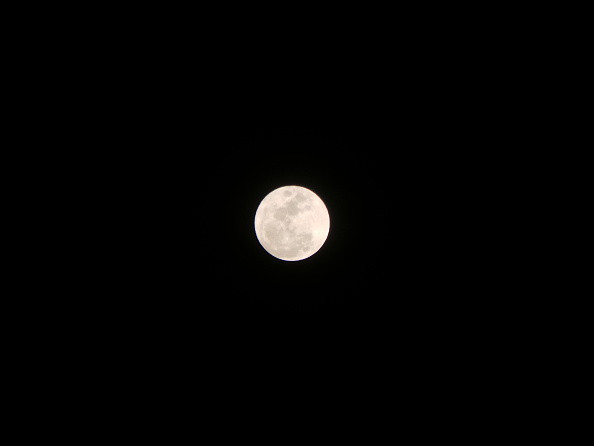Where to watch Full Sturgeon Moon online and where does the strange name come from?
On 18 August, the 'Full Sturgeon Moon' will rise in the sky - find out more...

The full moon that will rise in the sky on 18 August 2016 is known as the "Full Sturgeon Moon". It may sound strange to associate Earth's natural satellite with a fish, but the origins of this tradition are ancient, and find their roots in native American cultures of the past.
Ancient tribes of native Americans indeed gave poetic, colourful names to each full moon of the year. These denominations reflected the changes happening in their natural environment.
Moon cycles were followed closely by these populations to keep track of the passing of time, with every full moon marking a particular moment in the year – and a particular change in nature.
The Farmers' Almanac, a North American periodical published since 1818, lists all the names of the different full moons, as they were known by the Algonquin tribe who lived in regions from New England to Lake Superior.
August's sturgeon moon got its nickname because the Great Lakes overflowed with sturgeons which were more easily caught in this month. Other native American tribes called the August full moon 'Full Green Corn Moon,' and the 'Blueberry Moon', a reference to the cereals and fruits slowly ripening under the August's sun.
Where can I watch the full moon?
Slooh, the international telescope service, will host a live broadcast show of the full moon rising in the sky, allowing viewers to take a closer look online at the Full Moon, through telescopes in Chile and at the Institute of Astrophysics of the Canary Islands. You can watch it live online below:
Alternatively, anyone wanting to participate can go to Slooh.com from 18 August at 01:00 UK time, to join and watch this live broadcast, snap and share their own photos during the event, chat with audience members and interact with the hosts, and personally control Slooh's telescopes.
Slooh astronomers will also discuss throughout the night why many 'supermoons' should be seen in the sky during the autumn season.
© Copyright IBTimes 2025. All rights reserved.





















